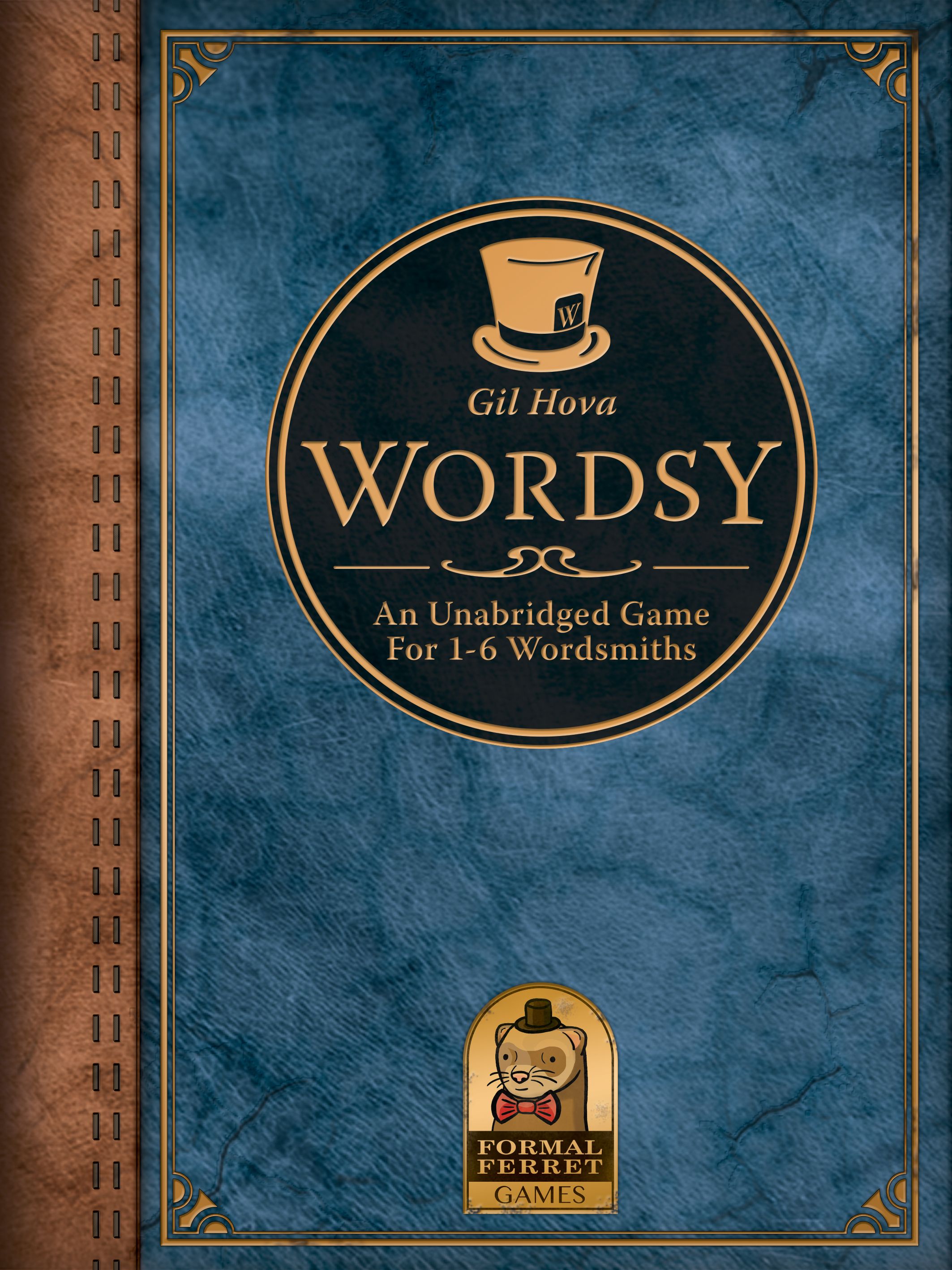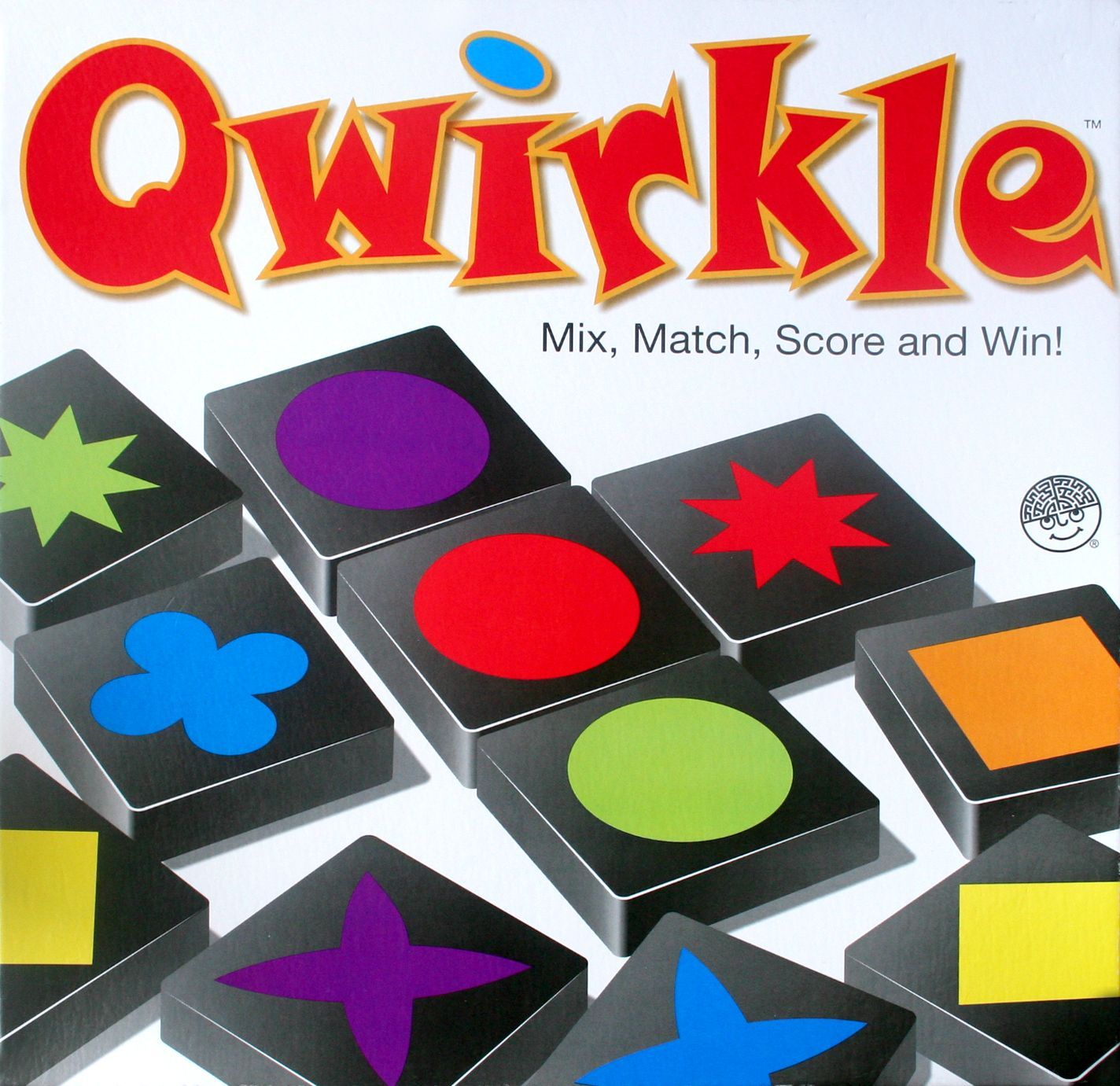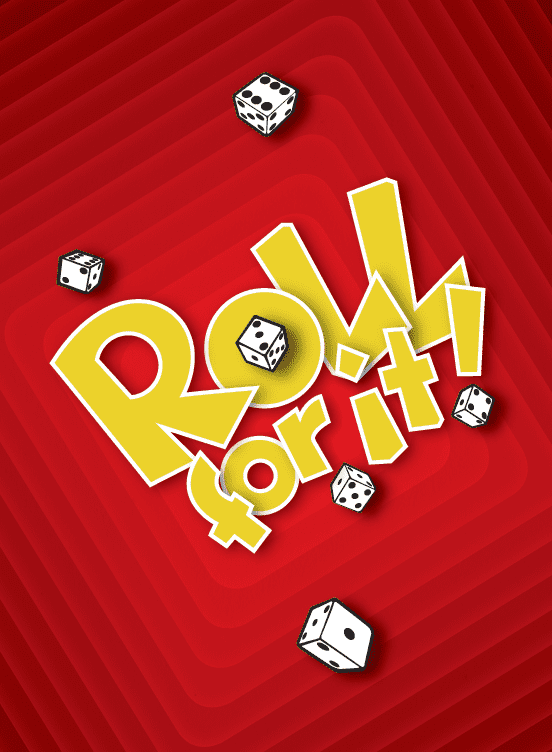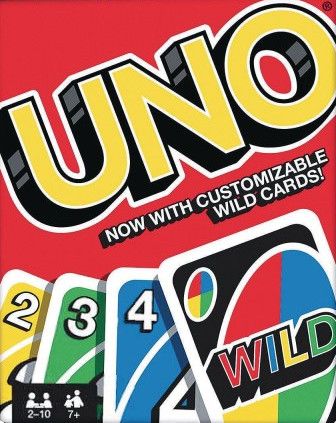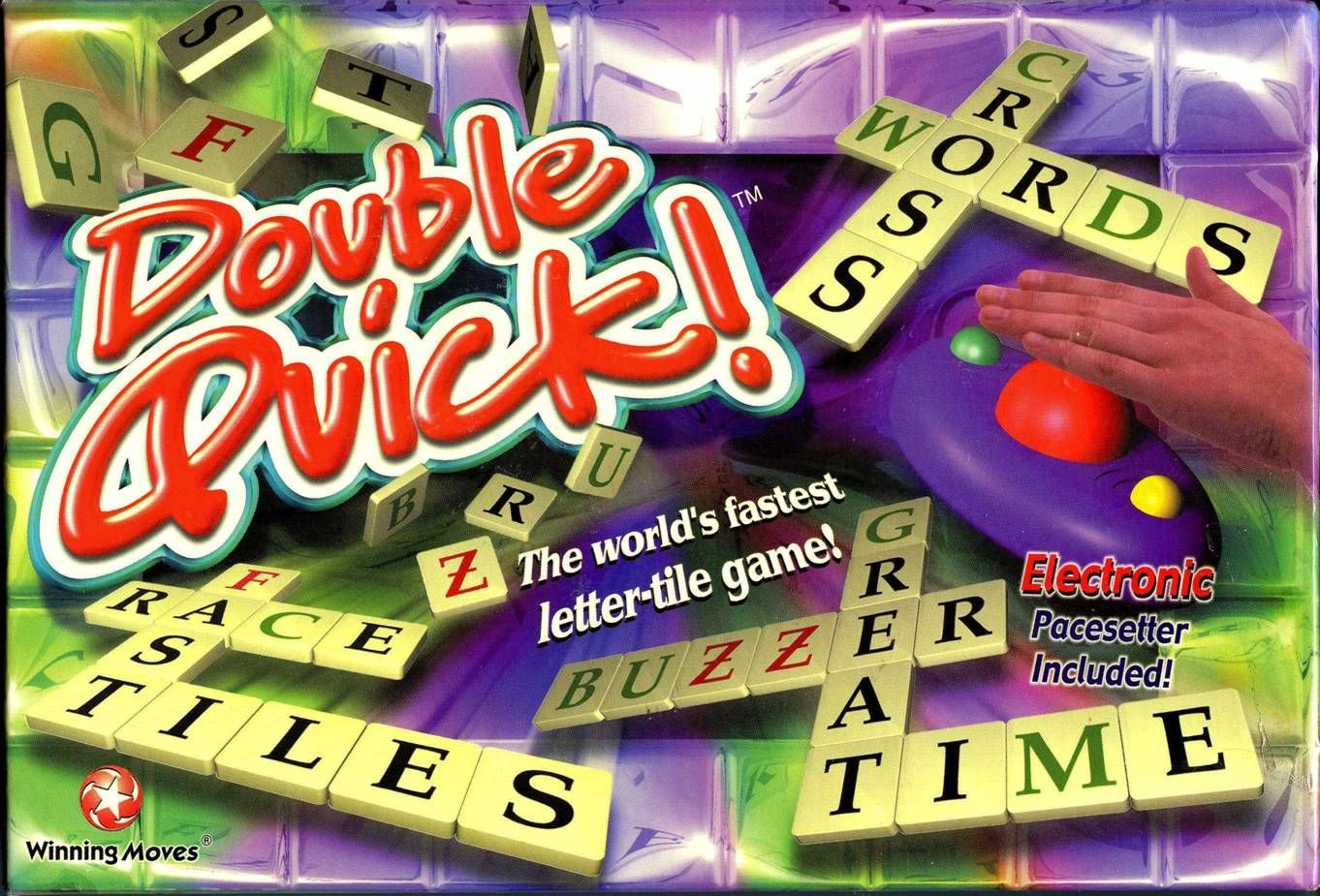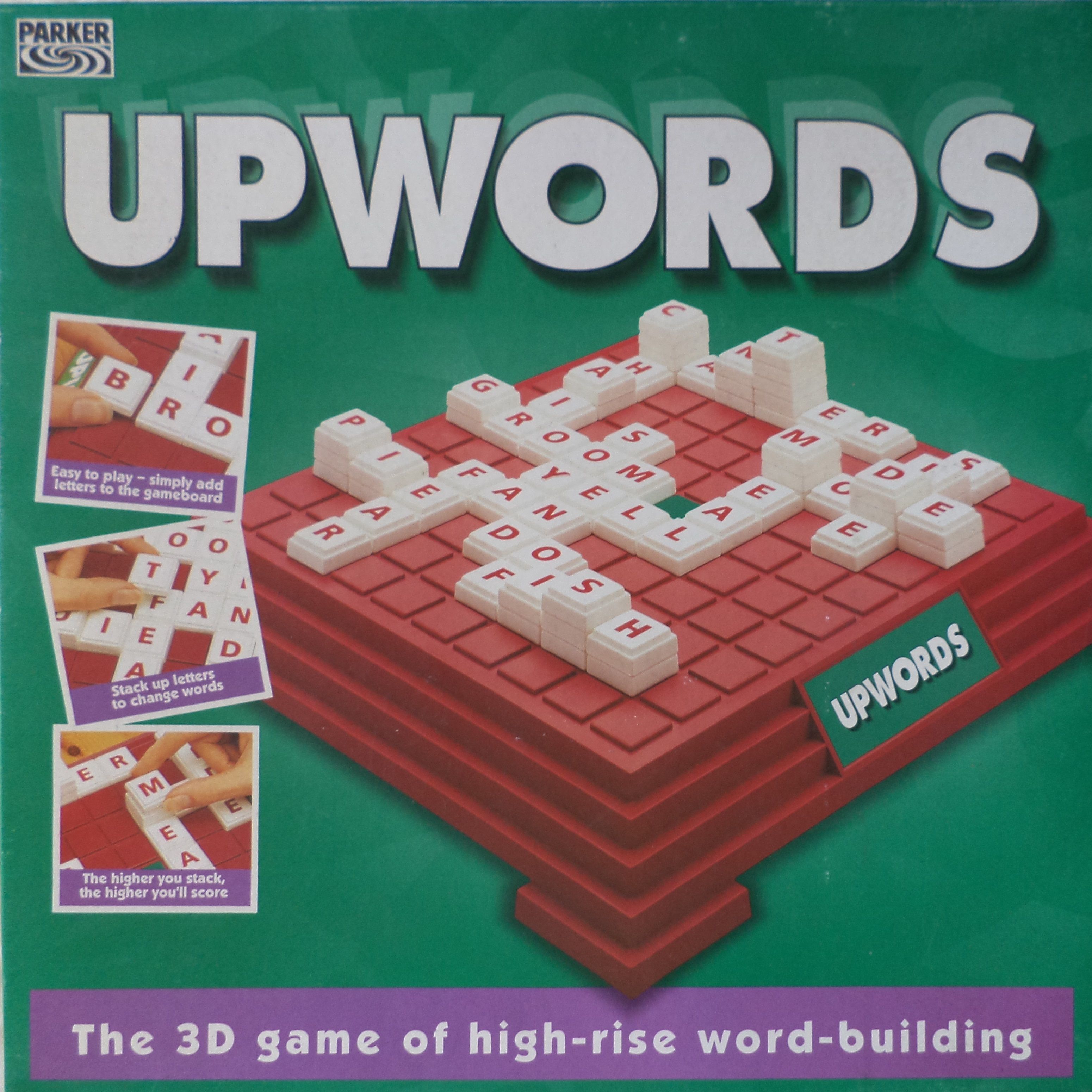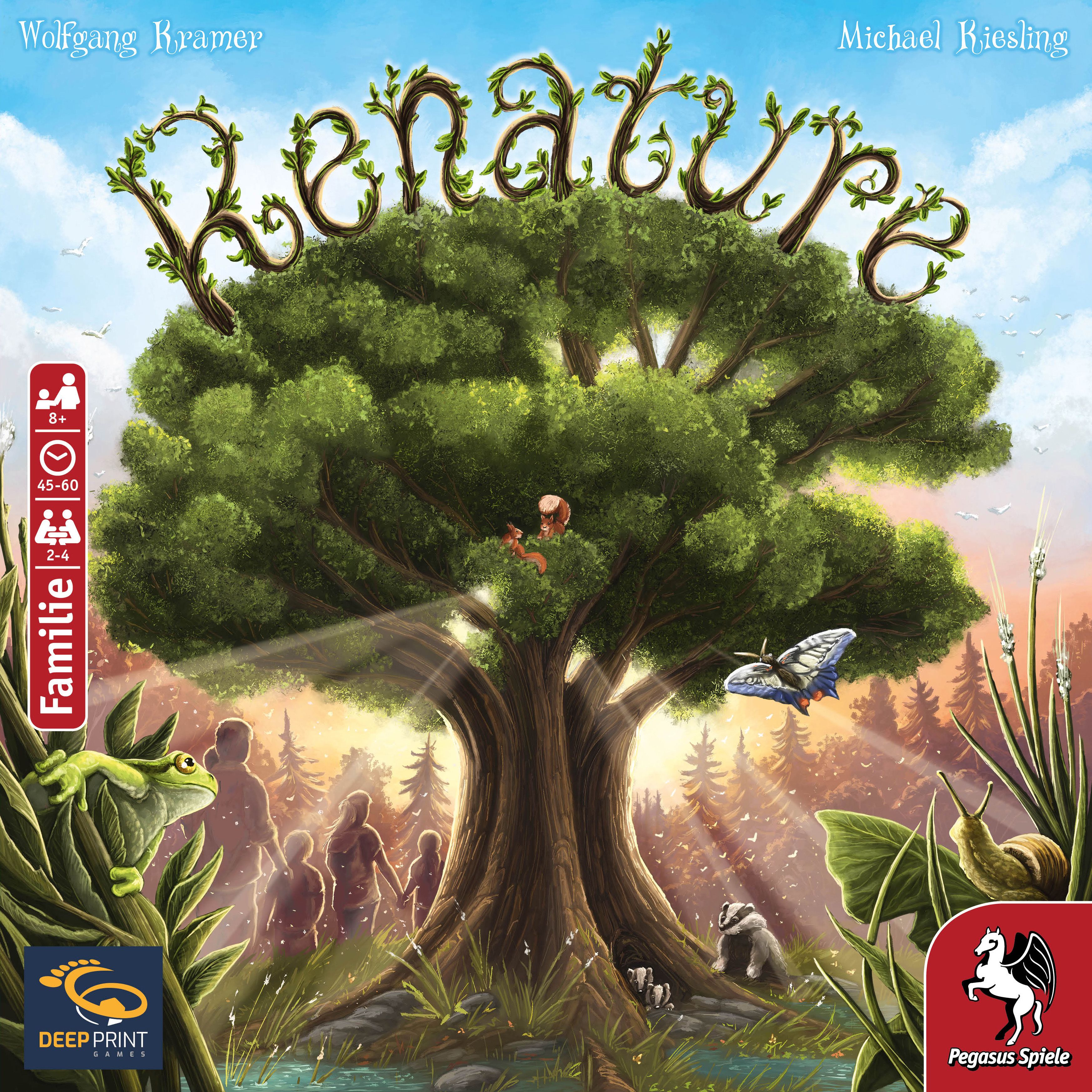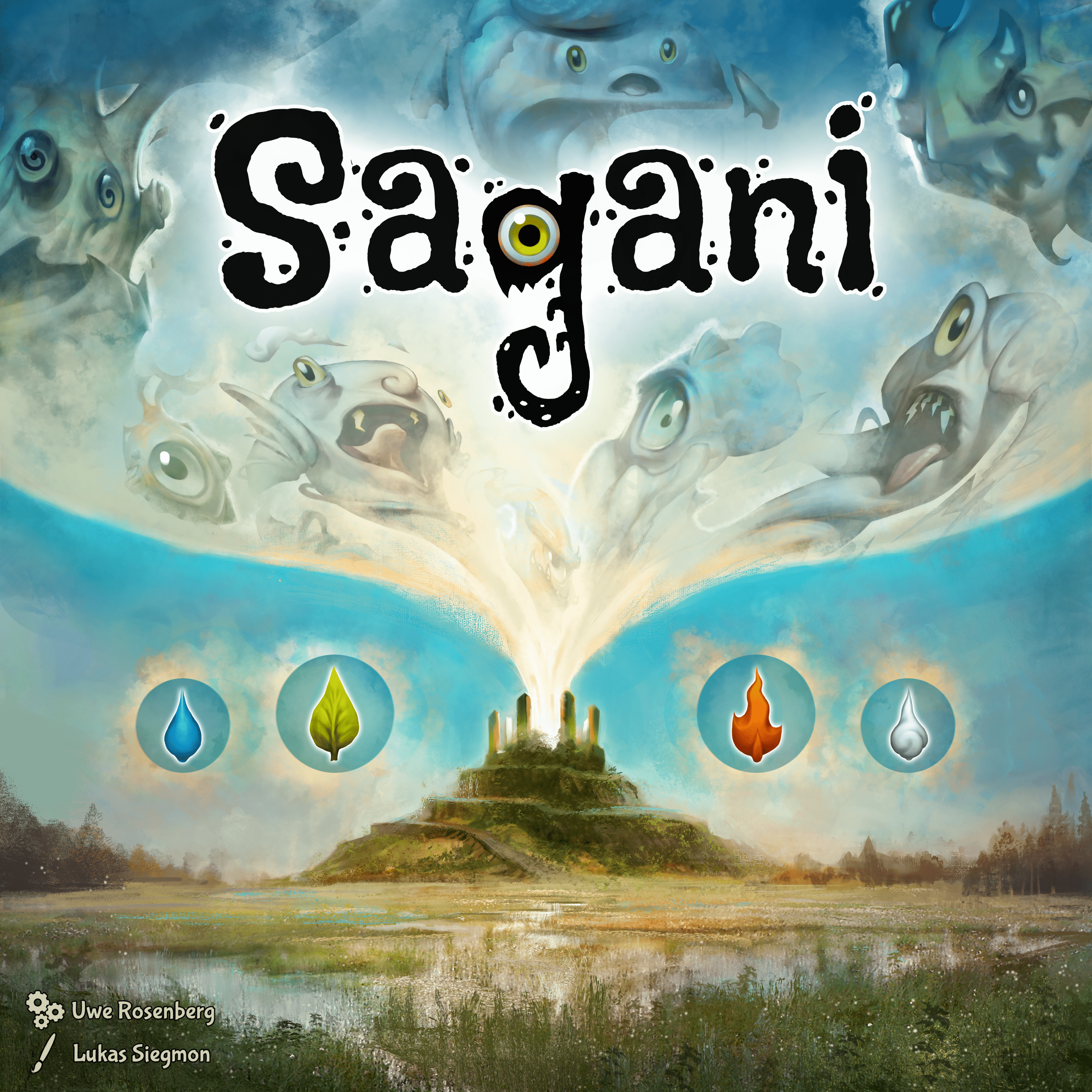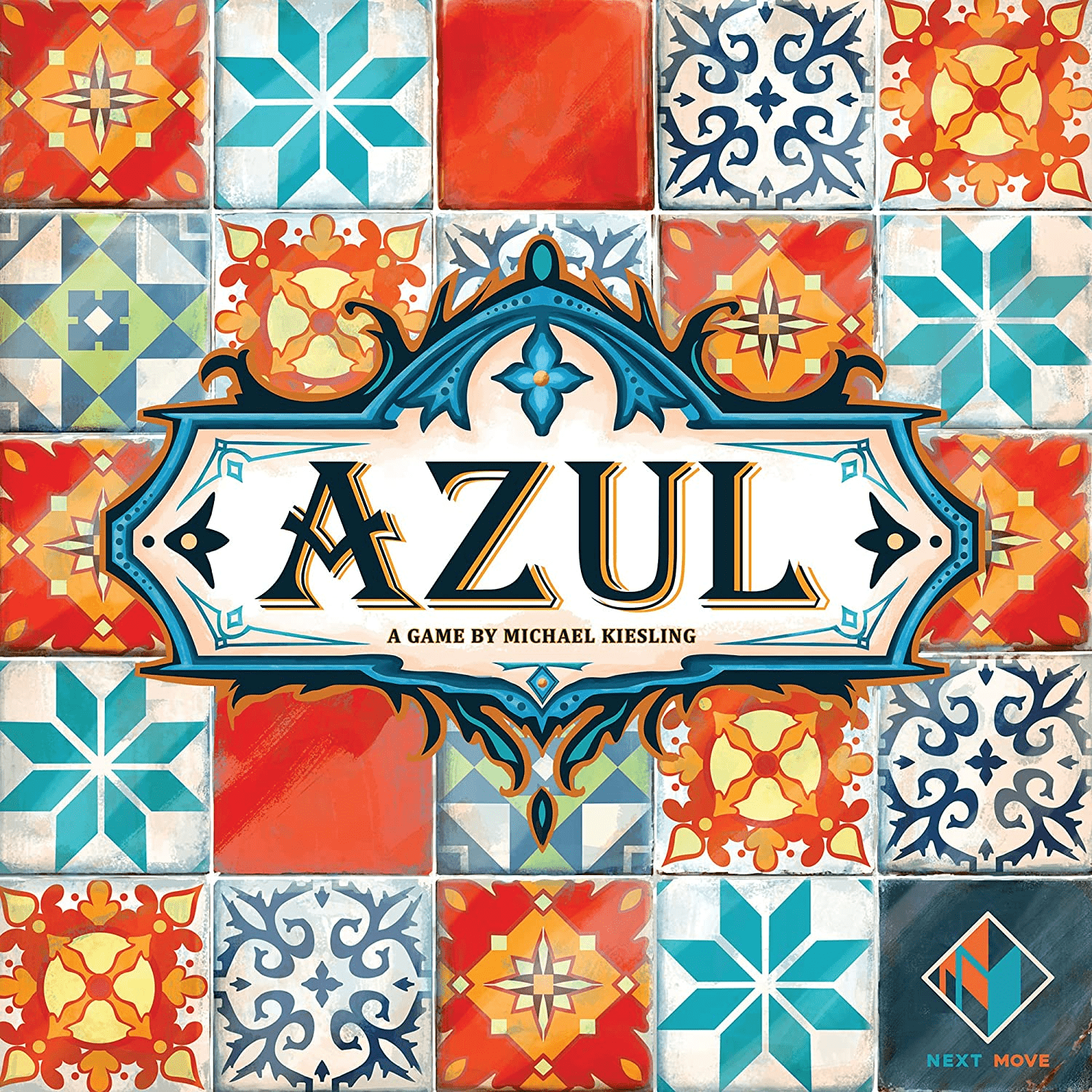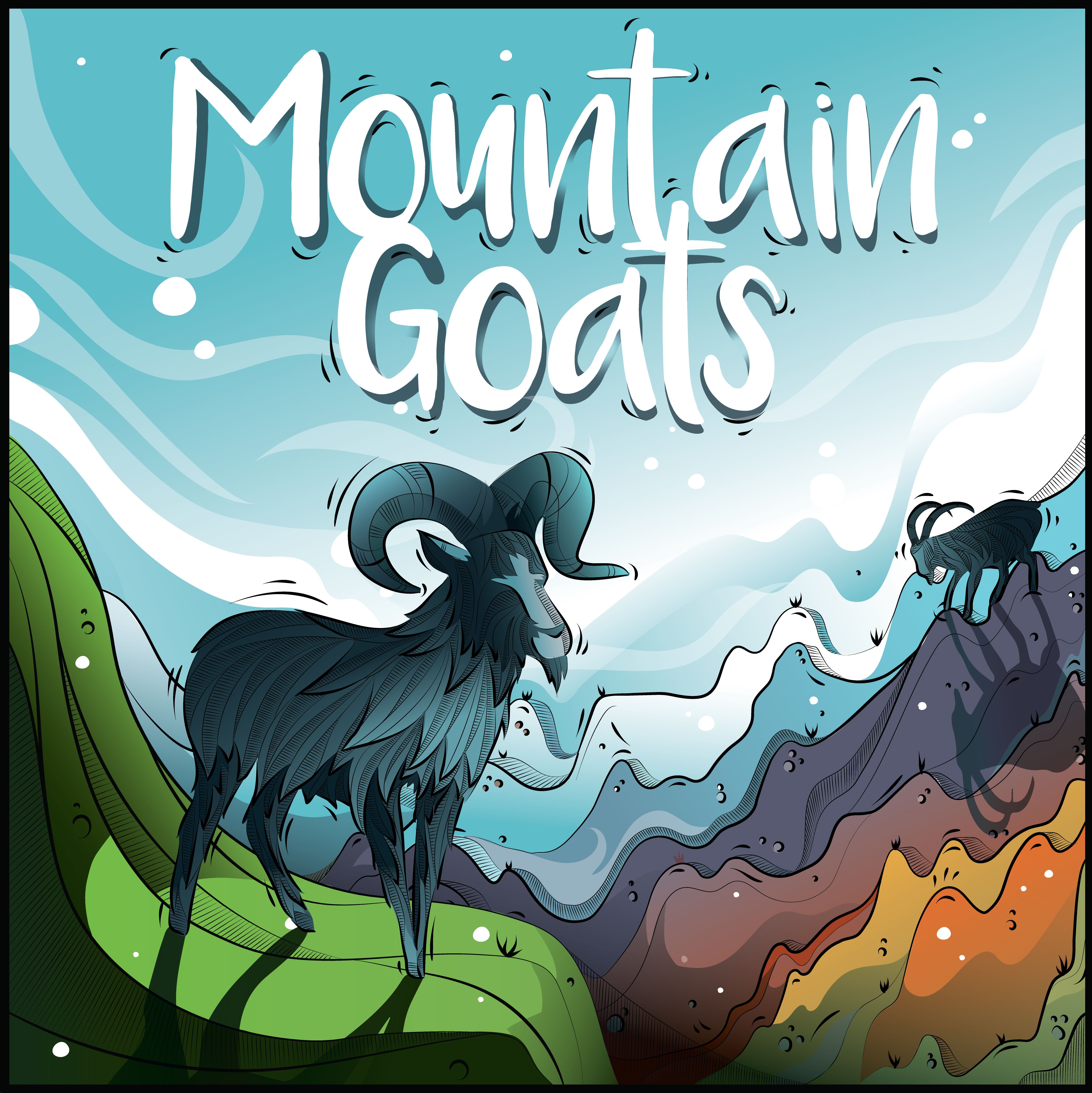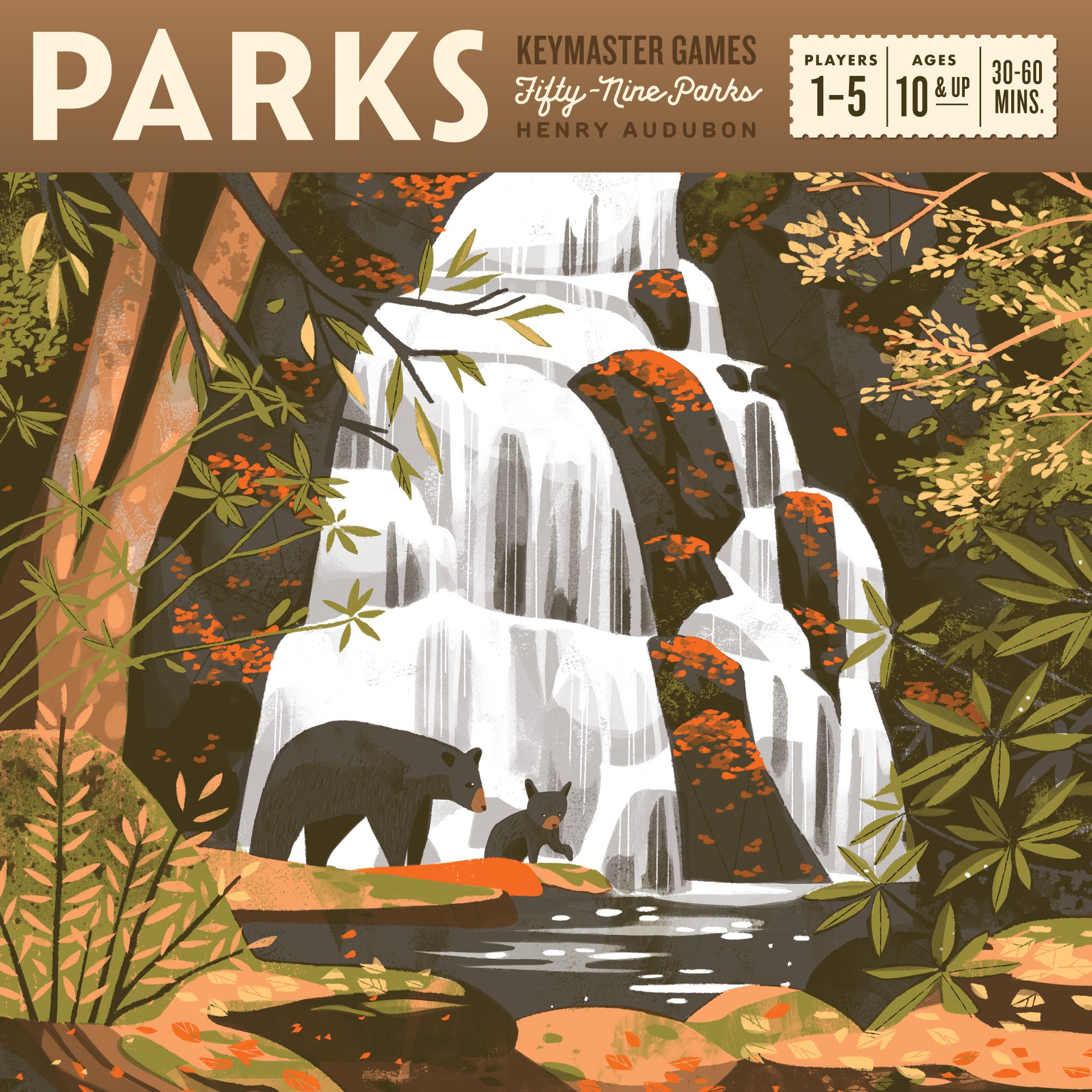Wordsy BGG
other title:
7 Słów
genre:
Real-time
/
Word Game
platform:
Boardgame
publisher:
Formal Ferret Games
/
FoxGames
Wordsy is a streamlined re-implementation of Prolix, a word game from 2010.
Each round, players study the 8 letters (always consonants) on the board in real time. The first player to write down a word flips a 30-second timer. That player is now the fastest player, and every other player now has 30 seconds to write down their word.
Once time has run out, the fastest player scores their word by counting the point value of each of the matching letters on the board. Players are not limited to the letters on the board; they can add any letters they'd like. Letters score based on which of the 4 columns of the board they're in, and how rare they are.
After the fastest player scores, the first player clockwise scores their word, and compares it to the fastest player. If that player scored more than the fastest player, they score a small bonus.
Every other player scores their word and checks for a bonus. Once they've all done this, the fastest player scores a bonus if their score is equal to or higher than half the other player's scores.
After 7 rounds, players add the scores their best 5 words, plus their bonuses. The player with the most points wins!
Each round, players study the 8 letters (always consonants) on the board in real time. The first player to write down a word flips a 30-second timer. That player is now the fastest player, and every other player now has 30 seconds to write down their word.
Once time has run out, the fastest player scores their word by counting the point value of each of the matching letters on the board. Players are not limited to the letters on the board; they can add any letters they'd like. Letters score based on which of the 4 columns of the board they're in, and how rare they are.
After the fastest player scores, the first player clockwise scores their word, and compares it to the fastest player. If that player scored more than the fastest player, they score a small bonus.
Every other player scores their word and checks for a bonus. Once they've all done this, the fastest player scores a bonus if their score is equal to or higher than half the other player's scores.
After 7 rounds, players add the scores their best 5 words, plus their bonuses. The player with the most points wins!
